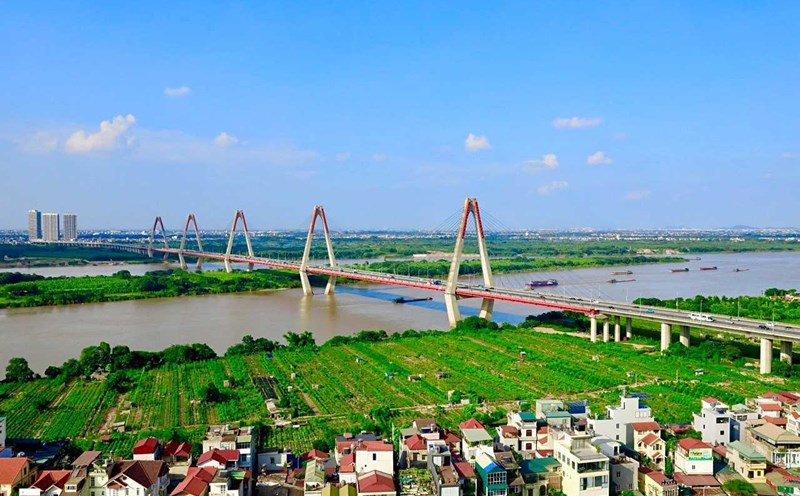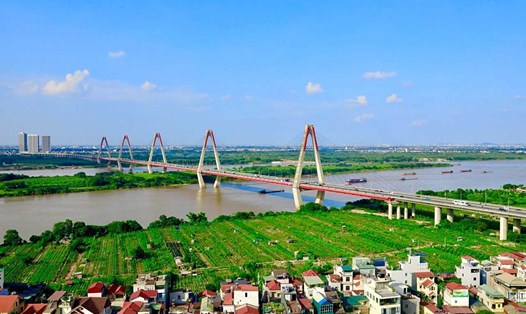Sabo dam is one of the most effective construction solutions, often built in the upstream rivers with high slope and high flow rate; Help keep stone mud and wood drifting and prevent damage in the downstream area. The dam was officially built in September 2024 after the rainy season in Po village, Nam Po commune, Muong La district, Son La province.
This project belongs to the technical cooperation project on improving the capacity of reducing flash floods and landslides in the Northern mountainous region, co -organized by the Dike Administration Department and Disaster Prevention and Control under the Ministry of Agriculture and Environment, Department of Agriculture and Environment of Son La Province, and Vietnam Office of Japan International Cooperation Agency (JICA).
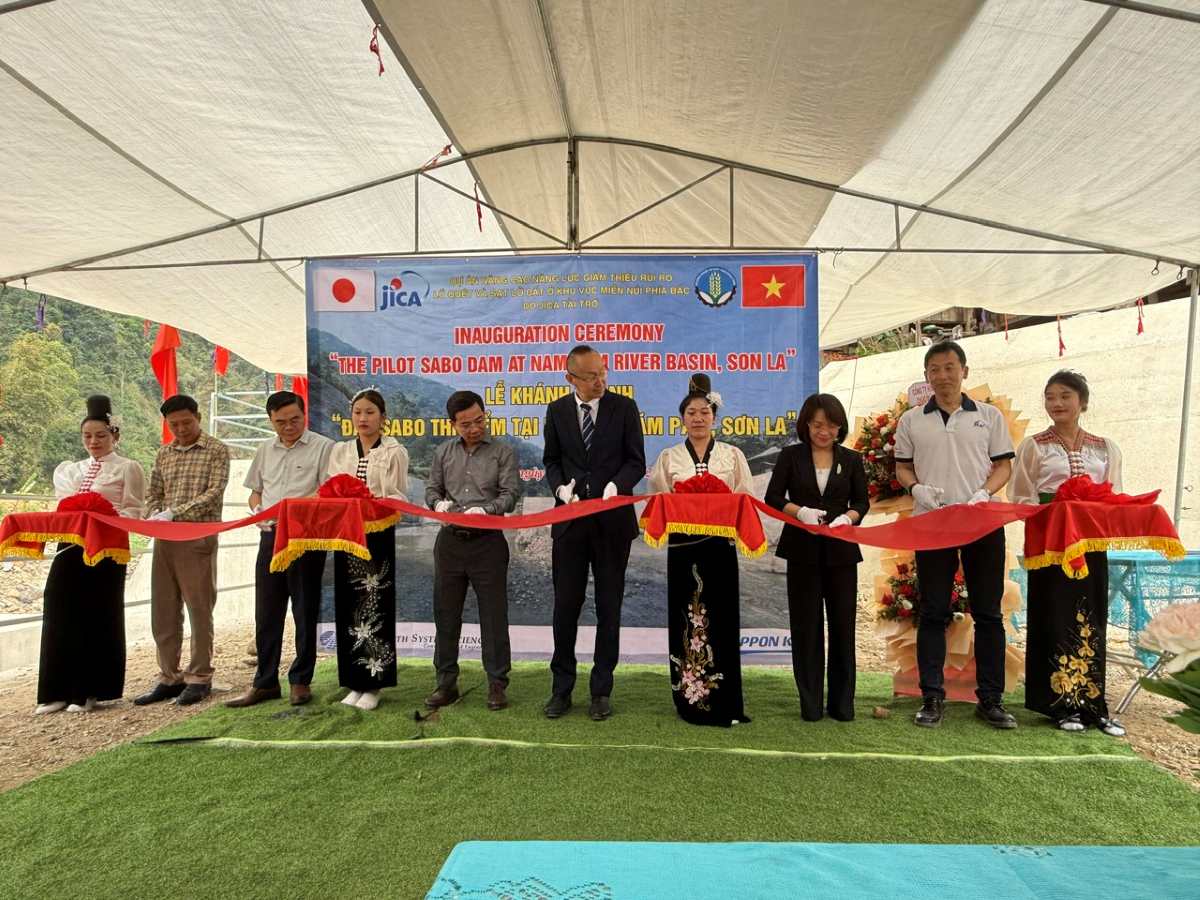
The first Sabo dam according to Japanese standards in Vietnam is the gap concrete dam with a length of 61m, a width of 3m at the top of the dam, and a height of 9m. Kobayashi Yosuke, Chief Representative of JICA Vietnam, said that the Sabo Dam project could seize the sediments of floods containing stone mud, wood and prevent damage in the downstream area, not only for local residential areas near the dam, but also with little town.
However, a single Sabo dam cannot help reduce the floods of stone mud effectively. Mr. Kobayashi hopes that the pilot construction of Sabo Dam in Son La province will be a reference example for the Vietnamese government to build technical standards to build other Sabo dams in Nam Po basin and other high -risk areas.
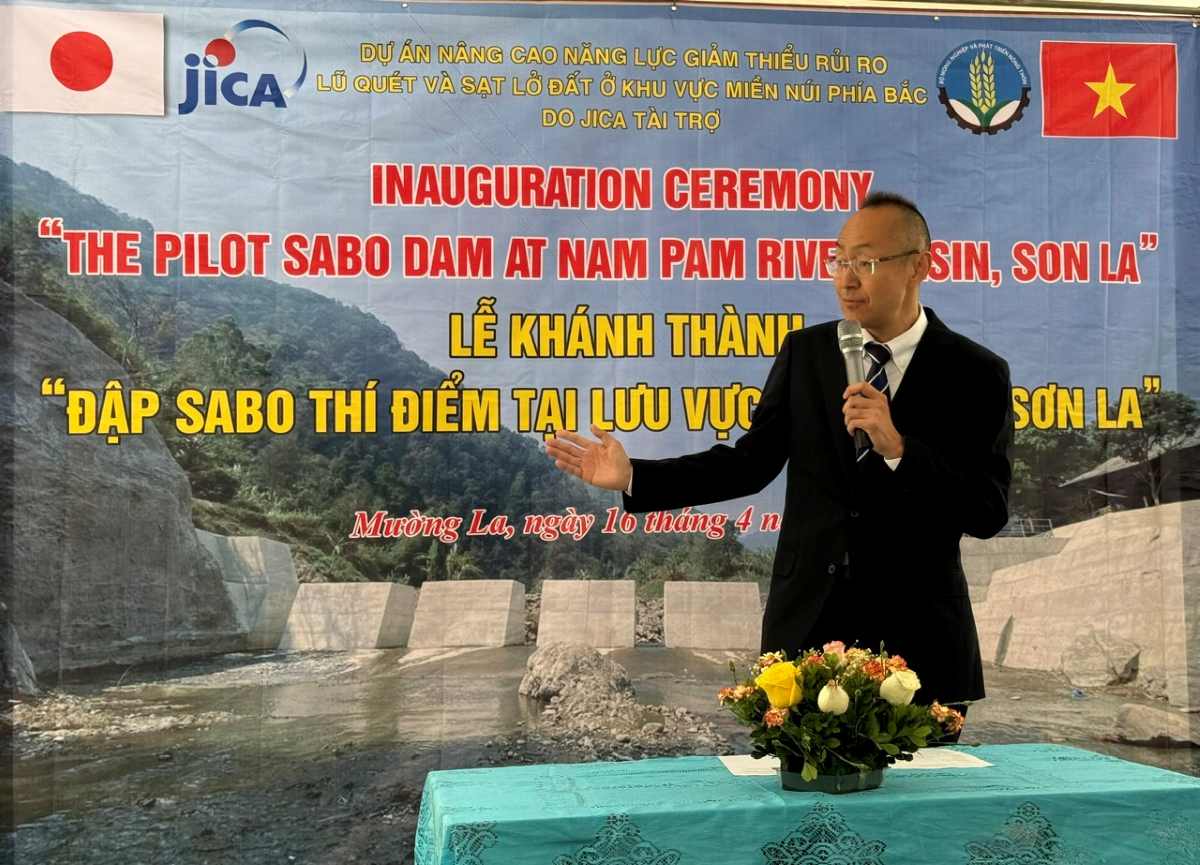
Mr. Nguyen Truong Son, Deputy Director of Department of De De De De De Management and Prevention (Ministry of Agriculture and Environment) emphasized that Sabo dam and stone prevention and fighting works in Nam Pi stream basin are expected to promote efficiency, contributing to the protection of 28 households, 1 kindergarten, 1 cultural house on the left bank of the dam.
The Ministry of Agriculture and Environment has proposed the Japanese government to continue supporting Vietnam to build synchronous Sabo dam system in the Nam Pi River basin. If invested in synchronous construction, this dam system can become a model for Vietnam to evaluate the effectiveness, thereby considering and mobilizing resources to invest in and expand the Sabo dam in other areas with similar risks.
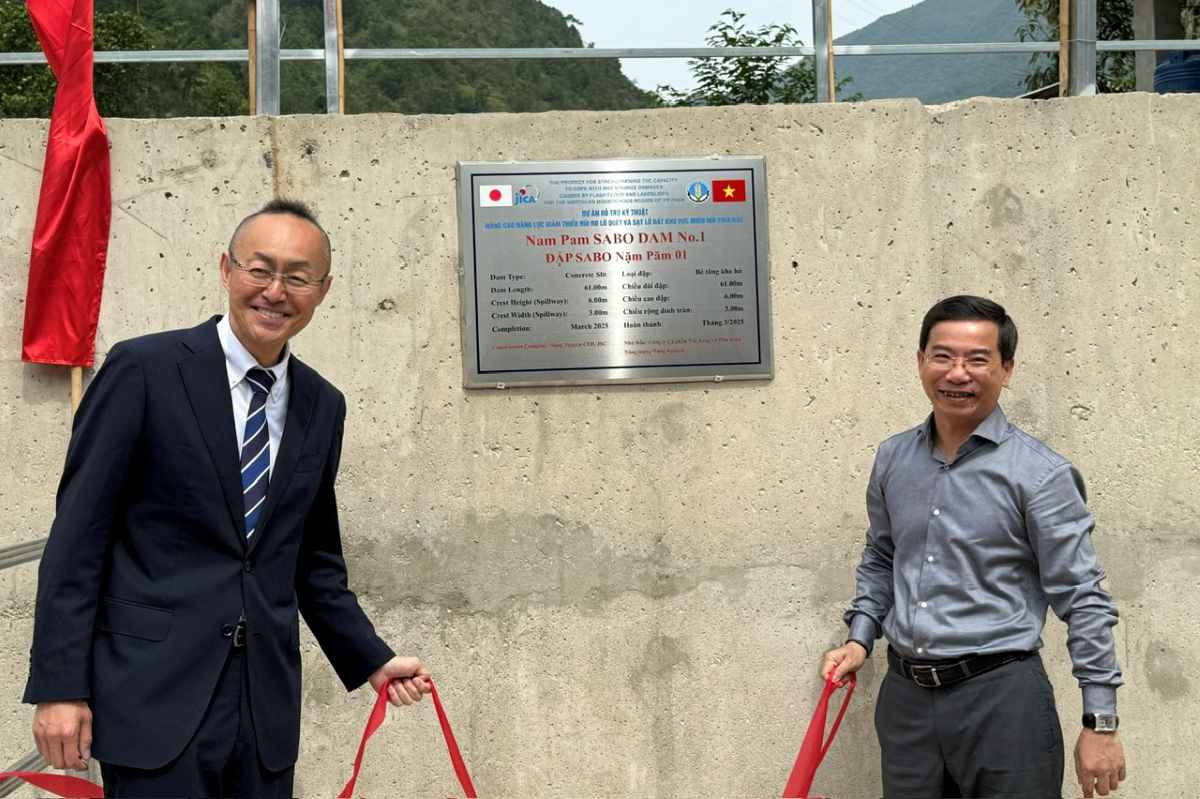
For her part, Ms. Le Thi Thu Hang, Deputy Director of the Department of Agriculture and Environment of Son La province, said that the construction of a Sabo dam only contributes to seizing a small amount of sediment in the basin, accounting for 8% of the total amount of mud flowing in the basin, so it does not guarantee the complete control of sandy and sandy floods in Suoi Suoi Po basin. Department of Agriculture and Environment proposed the Japanese Government, the Ministry of Agriculture and Environment to pay attention to finishing 12 dams have been made according to the project plan.
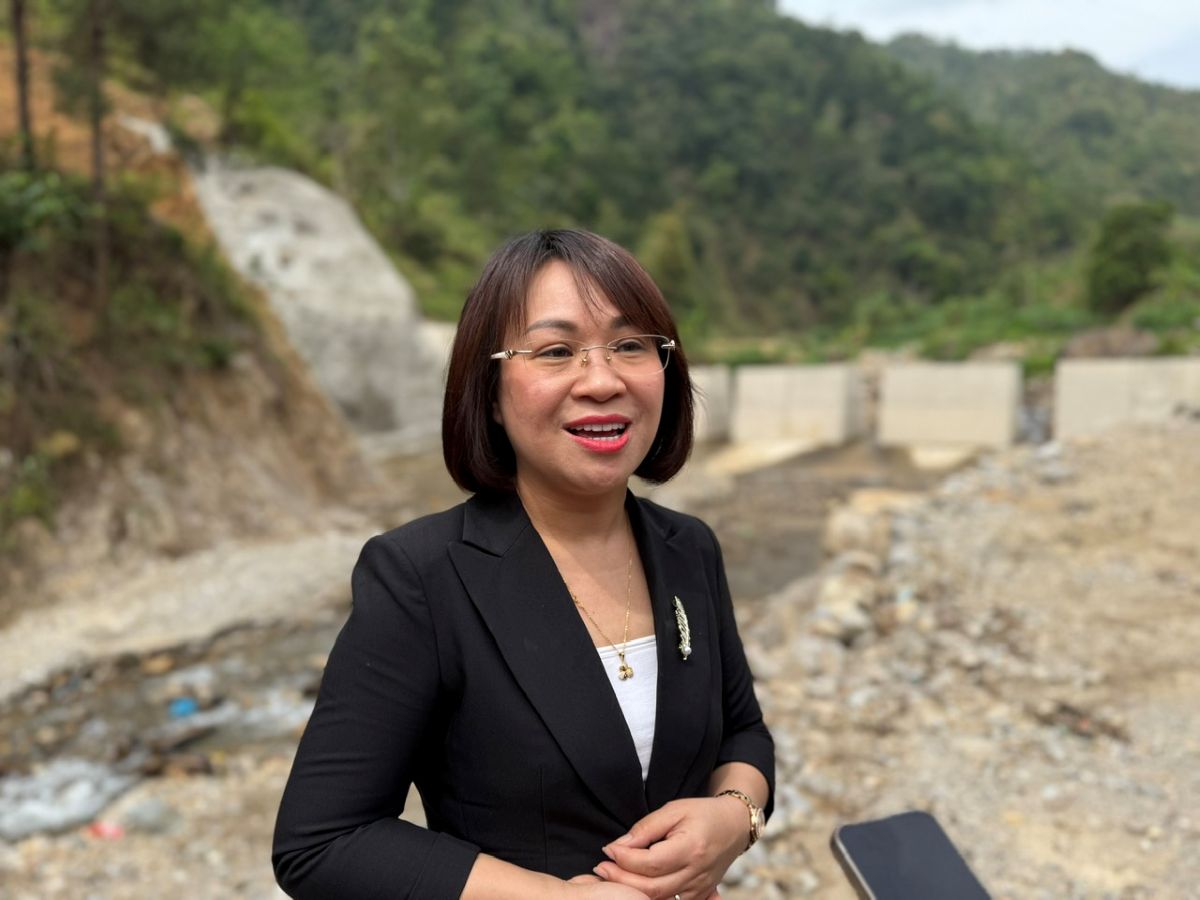
Ms. Hang emphasized that the inauguration ceremony of the Sabo dam is not only to mark the completion of an important project, but also a symbol of a good and sustainable cooperation between Vietnam and Japan in general, between Son La and JICA in particular.



